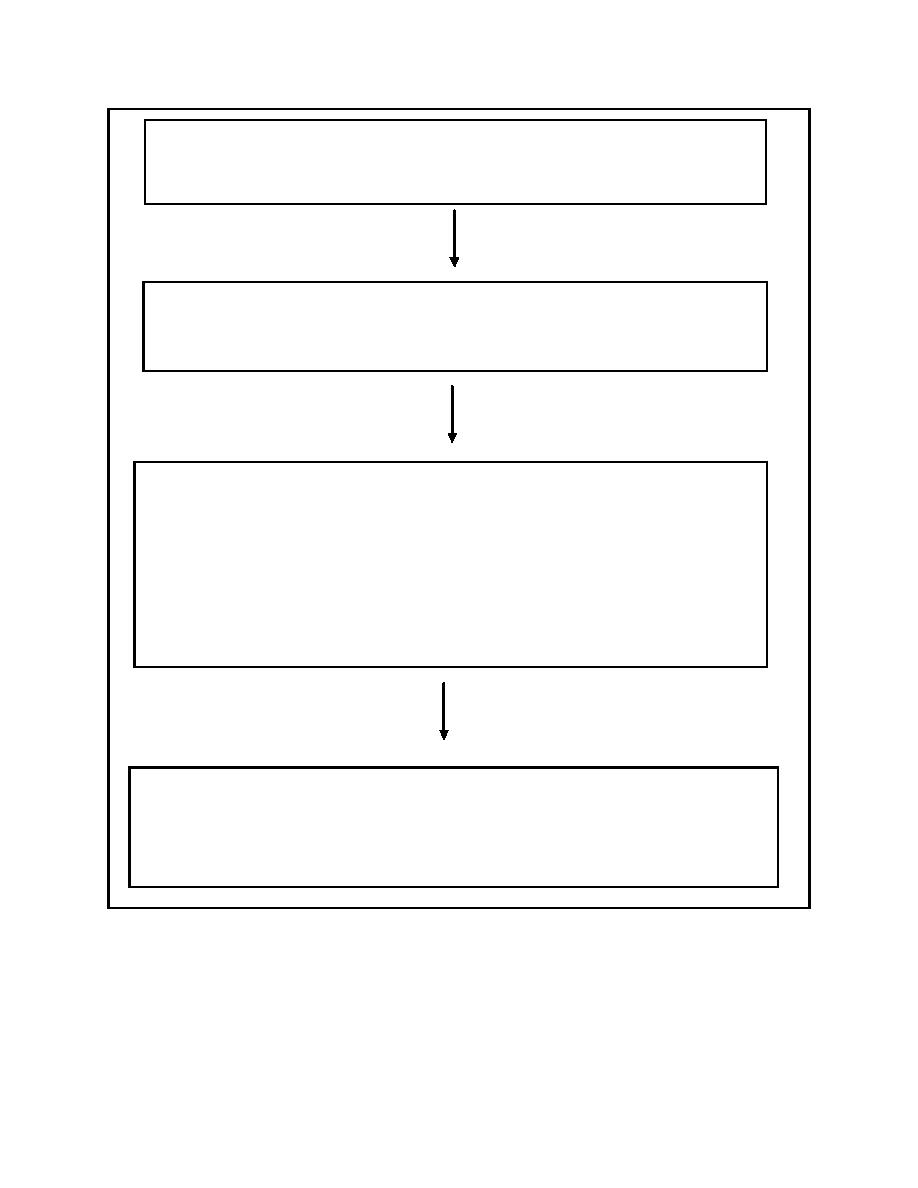 |
||
|
|
||
|
Page Title:
Figure 1. Risk-based decision framework for dredged material management. At the conclusion of each phase, the regulator advan... |
||
| |||||||||||||||
|
|
 Phase 1:
Determine whether there is reason to believe that sediments are
contaminated.
Phase 2:
Conduct a conservative screening-level analysis.
Identify exposure pathways
Compare measured or modeled exposure point concentrations
(EPC) to appropriate screening level effect values.
Phase 3:
Estimate the probability of adverse effects to individual species.
Estimate probabilities quantitatively where adequate data are
available or can be obtained.
Consider:
Site-specific exposure information
Centralized database of ecological effects (ERED, etc.)
Exposure models
Bioassay information
Uncertainty assessment
Phase 4:
Evaluate probability of ecological consequences, extrapolating
from individual-level to population-level adverse effects.
Estimate probabilities quantitatively where adequate data are
available or can be obtained.
Figure 1. Risk-based decision framework for dredged material management. At the conclusion of each
phase, the regulator advances to the next phase if insufficient information is available to reach
a determination
24
Chapter 4 Risk Characterization Workgroup Summary
|
|
Privacy Statement - Press Release - Copyright Information. - Contact Us - Support Integrated Publishing |